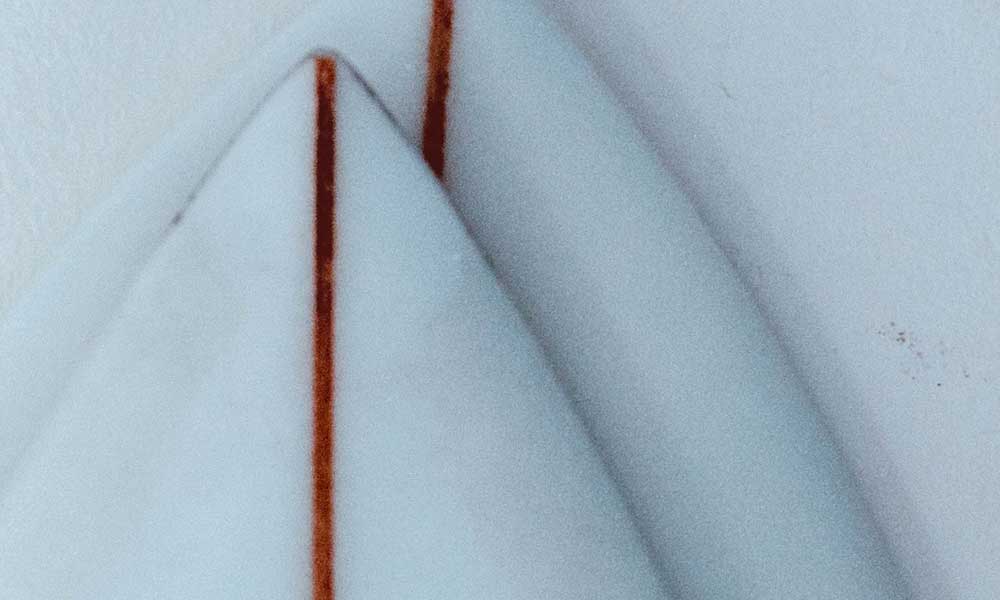“What is a stringer on a surfboard?” is a common question about surfboard stringers that beginner surfers ask when they first notice the line in the middle of the surfboard.
The surfboard stringer is a strip of wood or other material that runs down the middle of surfboard from the nose to the tail. The stringer was first introduced in 1958 by the founder of Goldie Surfboards and was used as a means of adding strength to surfboards that he deemed overly flexible.
Stringers and Surfboard Construction
During the surfboard construction process, the polyurethane (PU) foam blank is halved, the stringer is glued inside, and the pieces are clamped back together.
Do Epoxy Surfboards Need Stringers?
Surfboard stringers are generally not included on epoxy surfboards because the foam used is epoxy surfboard is strong enough to not need a stringer. Adding a stringer to epoxy surfboards can make the surfboard too ridged and still and lack responsiveness and spring.
How Wide Are Surfboard Stringers?
The rule of width for stringers is: the bigger the surfboard the bigger the stringer. Shortboards and surfboards up to about 7 feet will have a stringer of about 4mm wide. Longboard surfboards will have a stringer up to 6mm wide.
Types of Surfboard Stringers
The width of the stringer isn’t the only thing that can change. There are also variations with regard to the type and placement, including:
Single Stringers vs Multiple Stringers
Most shortboard surfboards have a single stringer that runs through the center of the surfboard, but multi stringers are also available.
With multiple stringer surfboards, between one and three stringers are either grouped together or placed equally spaced across the surfboard. Longboards have multiple stringers to give the board added support.
Why Use a Triple Stringer on a Surfboard?
A triple stringer setup may reduce the risk of breakage. It provides additional support along the center and the rails of a longboard surfboard.
As with everything in surfboard design, there are pros and cons. The addition of multiple stringers will give a longboard more strength but will also add a little extra weight to the surfboard.
Parabolic Surfboard Stringers
Parabolic stringers follow along the curve of the surfboard’s rails and are often made from balsa wood or basswood, but they can also be made from high-density foam and carbon fiber tape.
What Are Surfboard Stringers Made From?
Surfboard stringers are made of a variety of wood types and other material. Here is a breakdown:
Carbon Fiber Surfboard Stringers
Carbon fiber is becoming increasingly popular in surfboard construction and is often used to produce stringers that replace or support wooden stringers.
Wooden Surfboard Stringers
Knot-free wooden stringers are traditional and remain the most popular. They are used in single stringers and multiple stringers but the variations in stringer thickness, placement, and the type of wood can vary considerably.
Basswood is often used as it’s a relatively soft wood with a medium weight. Balsa is also popular as a stringer material as it is lightweight and strong.
Cedar has been used as well, but it’s one of the more expensive stringer materials and can be difficult to source and produce, leading to a variety of cedar alternatives.
Summary of Surfboard Stringers
Surfboard stringers come in many materials. They are the single line running up and down the surfboard, though you can find triple-stringer longboards. Stringers are critical to polyurethane surfboard construction, giving them both flex and strength but are not as common on epoxy surfboards.







